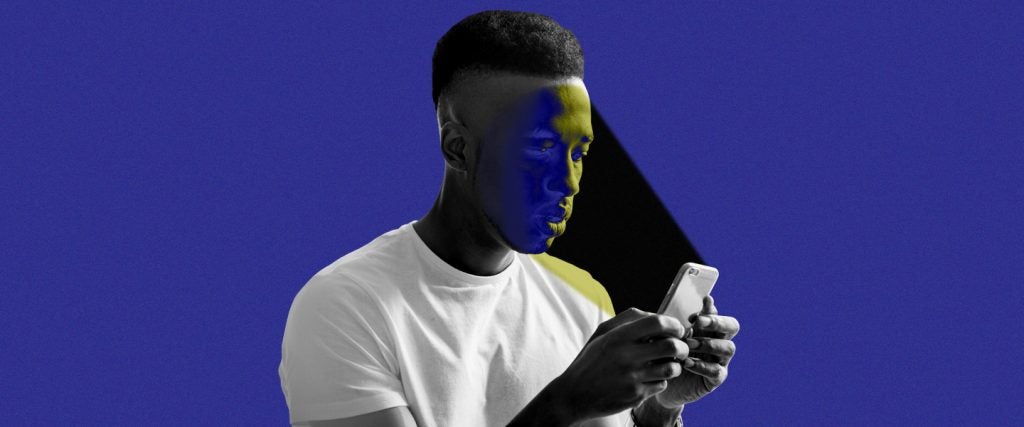I probably read hundreds of tweets a day. But I don’t think I could recall a single one of them. Meanwhile, my iPhone screen time regularly exceeds six hours per day. Would I call myself “addicted” to social media? Nah. According to a new study from the University of Washington, I’m just dissociating instead.
Per the study, it might be more accurate for some to frame social media addiction this way. Researchers at the University of Washington’s Paul G. Allen School of Computer Science and Engineering wanted to explore how social media apps like Twitter and Instagram are designed to keep users on the app for as long as possible. But rather than the apps wiring the brain for addiction by, say, triggering mood-boosting chemicals, they posited that they keep us hooked by allowing us to perpetually scroll without having to think about what we’re consuming. In other words, they keep us in a sort of daydreamy state while we’re online, not really conscious of what we’re doing, yet totally absorbed by it.
To assess whether this is true, they asked 43 Twitter users to utilize a specific app to access Twitter called Chirp. Then, after three minutes of scrolling, participants would be asked on a scale of one to five how much they agreed with this statement: “I am currently using Chirp without really paying attention to what I am doing.” This prompt would pop up again every 15 minutes thereafter. Over the course of a month of using the app, just under half of participants had ranked themselves as agreeing or strongly agreeing with the message — which, honestly, is a surprisingly low amount. Over half of people must feel like they’re paying close attention to everything they read on Twitter! Researchers also implemented various features within the app, like a “You’re all caught up” message when users had seen all new tweets, as well as requirements that users organize the accounts they follow into lists.
After this part of the study, some of the participants were interviewed. The word “dissociating” was commonly brought up by interviewees, and the study authors soon realized there was a lot of mindless scrolling going on. To be clear, as the press release for the study states, this type of dissociation is totally normal and can happen during all sorts of activities like reading or watching TV. That said, it can become a problem if it gets in the way of other aspects of our lives, hence the researchers’ interest in dissociative scrolling.
At the same time, those who claimed they were associating — i.e., paying attention — said the added features helped snap them back into reality from their daydreamy state. “One of our interview participants said that it felt safer to use Chirp when they had these interventions,” study author Amanda Baughan explained in the study’s press release. “Even though they use Twitter for professional purposes, they found themselves getting sucked into this rabbit hole of content.” The proud few who didn’t experience dissociation while using Chirp felt that the pop-up messages simply interrupted their otherwise thoughtful Twitter consumption.
So, I guess not all of us are really just mindlessly thumbing through Twitter, after all. Of course, the study pool was rather small, and the demographics weren’t revealed, but given the split in people who feel like they dissociate while using social media and those who don’t, maybe there’s some kernel of truth to the idea of being somewhat “addicted” to social media and using it to dissociate. Alternatively, maybe it’s not the apps themselves we’re addicted to — it’s the dissociation we experience when we’re on them that hooks us.
Either way, it would likely do us (read: me and my six hours of iPhone time a day) a lot of good to log off a bit more often.

